Louise Neumann (and LouPaper) need no introduction to the Postcrossing community. Her U.S. state, seasonal garden, and other themed postcards are collected by thousands of us.
She made time for an email interview with Clarisse (aka Cstar9) last summer, and we’re so grateful!

- What music should people listen to as they read this interview?
-
Something cheerful and whimsical! Whatever puts you in a good mood. I think that would reflect my approach to my work, and the way I want it to make people feel.
- How did LouPaper get started?
-
When I first started LouPaper, I was trying to see if I could make a career of drawing. I have a degree in illustration, but I didn’t know how to turn my passion into something that could earn a living. After college, I did some editorial commissions and other odd art jobs, but I was still trying to find fluency in my technique and confidence in myself.


I had this idea of practicing my craft by simply choosing themes that I loved and drawing them. I thought maybe I could sell them as prints, notebooks, etc.
- Obvious question: Why postcards?
-
The day I dipped my toe into the world of postcards was the biggest fluke of my career. I had been selling art prints for a while, and I was working on a collection of U.S. state prints.
I hadn’t particularly considered postcards, but in 2019, a lady contacted me on Etsy asking if I could turn one of my state designs into a postcard for her wedding in North Carolina. I agreed and created 100 cards, and the funny thing is that she never actually purchased them. I never heard from her again.

With nothing to lose, I made them available in my shop, assuming I’d spend the next five years trying to sell 100 postcards. Who buys postcards? To say that I have since been educated on the prolific and magnificent Postcrossing community is an understatement. The speed with which I was embraced and swept up by this community still astounds me.
Even though I don’t have the time to send a lot of snail-mail myself, I feel fully immersed in the snail-mail world from a creative standpoint. I also receive a lot of postcards from the fabulous snail-mail community (truly the kindest people in the world) and I think that informs my work a lot as LouPaper continues to grow and evolve.
- Garden plants are omni-present characters in your postcards. How is your garden connected to your work?
-
When I was first starting LouPaper, my husband Forrest and I had moved to Tennessee and were also starting our first garden. There was so much to learn and it was on my mind all the time. I was learning what grew best in each season – identifying seeds, different plants, garden zones, and so on. One of the first things I ever published in my Etsy shop was a set of four seasonal garden prints, which so encapsulate that period of my life, it’s like stepping into a time machine every time I see those designs.
Fast forward ten years and the garden still plays a role in my process as my favorite thinking spot and mood enhancer. It is also very “me”, as I love to be creating and producing things all the time.
Whether it’s drawing, growing a garden, or cooking a meal, I am definitely my happiest when I’m creating something.


- What are some of the elements that define LouPaper for you? What do you hope people take away from your work?
-

I think one thing that sets my art apart is my traditional pen and ink approach. More and more art is digital these days – which I think actually opens up a whole world of amazing techniques and design elements – but working on the computer is my least favorite thing to do, so I don’t!
I have distinct themes (food, seasons, holidays, states). I also like round numbers and neat things and things that “fit”, which I think is reflected in my work.

Occasionally I will create a postcard that doesn’t really fit the rest of my collection of work, and I will release those designs as limited-edition postcards, so that I can explore and enjoy the theme, send it out into the world, and then let it go.
Maybe this goes without saying, but I LOVE what I do. I literally could not enjoy it more. I hope the people who enjoy my cards can feel that positive energy coming out through the designs, really embodying the spirit of “happy mail.”
I love the thought that my cards connect people around the world and bring a little happiness to the mailbox. What could be more rewarding than that?
- What’s the first step to getting an idea from your head to the page? Do you tend to sketch components one at a time and then eventually group them into a piece, or do you get ideas for whole cards?
-
I always want my work to be consistent and recognizable as a cohesive “brand.” With that always at the back of my mind, I’ve developed almost a formula for the way I create for LouPaper.
I am always nervous when I begin any new theme, feeling unsure with my drawings and ideas – maybe like the theme is missing the mark somehow. But I have learned to trust my process and push through my nerves.

I’m the biggest list-maker you’ll ever meet. I have notebooks and little sheets of paper and post-it notes everywhere. To organize future projects, I have to-do lists that are as long as each arm, and I’m constantly thinking of new ideas. I also receive a lot of suggestions from people who would like to see a certain design, so I never feel that I am without inspiration.
Starting with lists, I hone in on a theme, then sketch out a whole slew of different elements for that subject. I don’t have a particular composition in mind, I just create all the little pieces that I want to include, then put them together and keep shuffling the parts around until I finally land upon the puzzle that fits.
Over time, I have learned to trust my instincts about whether a finished piece is actually complete or needs to be adjusted. Sometimes I’ll sleep on it and come back in the morning with fresh eyes, just to make sure.
- You mentioned that LouPaper began with a commission. Do you still take those?
-
I used to take a lot of commissions, which was quite a different process for me. I have worked with many companies in the food and beverage industry—often a challenging process, and typically very time-consuming. Companies / art directors tend to expect a series of ideas, followed by some sketches, and an ongoing conversation until we reach the final artwork. It’s a fairly defined process.
I’ll say I have worked with some incredibly kind and supportive people through that work, and it’s probably where I have grown most as an artist. It has given me some validation for feeling that I could step out on my own more with LouPaper.
Since having my two children, I have needed a more flexible schedule, and during this season of life, I put all my work-time into my LouPaper business.
- What does research look like for you? (Do you travel to ALL the states? Eat ALL the pastries?)
-
Ha! Well I have definitely eaten all the pastries and all of the donuts (and my veggies too, so don’t worry Mom!). I like to be as authentic as possible in my work, which is why I typically choose themes that I am interested in or have some knowledge of.

It isn’t always possible, though, and there are plenty of themes in my work that I’m not an expert on. The state series is a good example of that. I have traveled a lot, and since moving to the U.S. in 2010, I have lived in California, Alabama, Tennessee, Oregon, and Idaho. Because I grew up in England, I think I have always looked at America with fascination and wonder. It’s such a big country and very different from where I grew up. I see it with the eyes of a curious visitor, even though it feels completely like home to me here now.
But there are states I haven’t visited – or where I’ve barely scratched the surface. For those states, I do as much research as possible and also solicit input from people who live there.
This is where Instagram comes in handy— I can throw out questions to my community and they’ve always got me covered.
By the way, it’s Friday today so my cocktail research will resume this evening. That one is a work in progress!
- Tell us about your studio – what are some of the inspirational elements there? Is there anything about it that might surprise us?
-
My studio space is what should have been the “formal dining” room in our house. We are not formal people, though, so I claimed this room for LouPaper the moment we moved in. I sit at my desk in front of a big, beautiful window that looks out onto our garden. It is my happy place, for sure.

The only downside is that when people walk in the front door, they basically step straight into my workspace, which is absolute mayhem. My studio is in a constant state of functional chaos, though I do have lots of things here to keep me inspired.
I think artists are often divided into two groups: those who display their own work in their home, and those who don’t. I am 100% in the second category. I adore the work of other artists and have it all over my studio.
I accumulate cups of coffee, water, and tea on my desk all day long and basically need a removal truck at the end of the day to take them all back to the kitchen.
I am also infamous to all my friends and family for leaving a trail of tiny little paper snippets wherever I go. I trim the corners off hundreds of postcards throughout the week and they end up on my socks, in my pockets, all over our house, and basically everywhere you could imagine. But I really like round corners, so I guess it’s a price we’ll pay.
Looking at my office floor right now… I really ought to sweep.
- Do you ever get creator’s block, and if so, what do you do about it?
-

I think I used to get creator’s block more when I was starting out and I didn’t have a sense of who I was as an artist or how to channel my creative energy. I was always looking for a specific result, without enough experience to have confidence in the process. I could often see what I wanted to achieve but not quite how to get there.
For me, creator’s block has become less of an issue. Time, patience, and oh so much practice has gotten me more into my groove over the years.
Occasionally I do struggle to start a new project. If I realize I don’t have enough passion for it, I try to side-step to something completely different. Often, I will still be thinking about that project further down the line and come back to it at a time when I am in the right mood to tackle it.
- What’s your earliest memory of defining yourself as an artist?
-
It all started with me winning an art competition at school, where I drew a really mediocre sheep at the pivotal age of 8. It was the taste of success that got the ball rolling, and a lifetime or so later, I found myself in the idyllic coastal town of Falmouth, as a shy and clueless 20-year-old Illustration student doing the whole university thing and also my own laundry.
It has been a steady road of failures, triumphs, self-doubt, and determination from that moment on. My first professional commission (an illustration about dim sum for The San Francisco Chronicle) and my first Etsy sale were pretty big moments. There are plenty of disappointments and frustrations, but I’m definitely somebody who tries to celebrate the little successes along the way. That’s true about my approach to life in general.
The road to becoming an artist isn’t always easy. There have been times when I have done completely different things – like painting houses and creating a gourmet popsicle business (!) – to make ends meet. I’ve learned lessons from everything I’ve done, and gradually I’ve been able to make the art dream work.
Resilience has been key! I have a little post-it note stuck on my desk reminding me, “success is dependent on effort.” It can take time, but continued effort combined with passion and a positive attitude will eventually pay off.
- What are you working on right now?
-

I am currently drawing a conch shell. Nature creates some weird and wonderful things, I tell you.
On the broader spectrum, I am working on a few different postcard themes (beach, coastal, wedding, and my seemingly never-ending state collection).
I am also looking at adding a few different sorts of products, so stay tuned for those later this year!
- What do you look back on most proudly?
-
Overall, I think the LouPaper brand itself is something that I’m the most proud of. It’s been a work in progress for the past decade, not just in the creation of content but in marketing my own work, being punctual when shipping orders, and trying to give my customers the best possible experience. I feel their support on a very personal level, and I want my customers and community to know how much I appreciate them.
- What is the biggest challenge in your work right now?
-
The biggest challenge in my work is time management. I love my work, and I love being a wife and mom. I have to manage my days to try and find as much balance as I can and divide my time and energy accordingly. It’s a busy season of my life, and I’m so grateful for all of it!
- What’s next for you?
-
As a mom of a 2-year-old and 6-year-old, I’m living in the moment! But generally speaking, I will be continuing to work on LouPaper, growing my garden, enjoying my family, and trying to cook all of the recipes I’ve saved on Instagram (about 5000 of them, so wish me luck!).
And that’s it! :) You can learn more about Lou on Instagram, or visit her shop on Etsy.
And now, for the small giveaway! Clarisse is going to send 4 LouPaper’s postcards to 4 randomly picked postcrossers. For a chance to win, you should reply to this prompt: “If Louise were to feature your city, state or region on a postcard, which things do you think she should include?” Leave a comment below, and come back this time next week to check out the winners!
And the winners of this giveaway, as chosen by Paulo’s random number generator are… TTinthewoods, puttingpentopaper, Kitaloko and veze! Congratulations, and thank you all for participating!















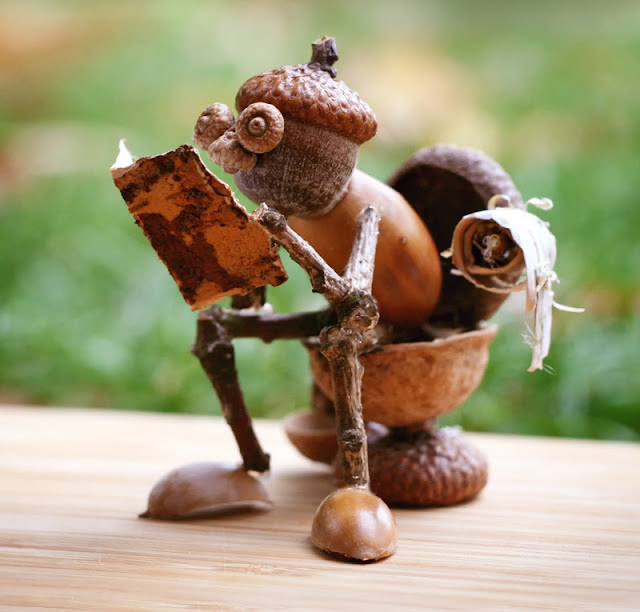
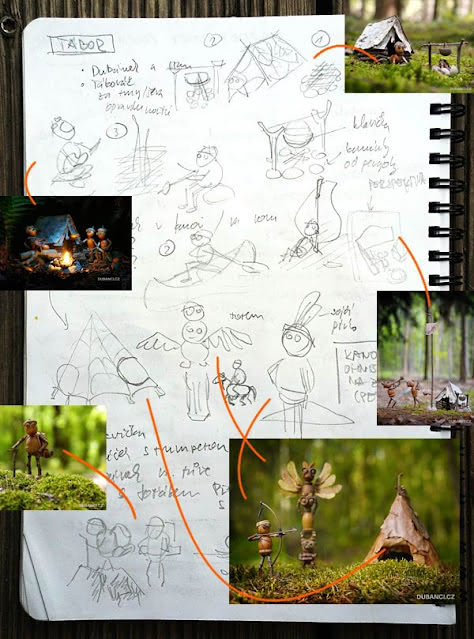
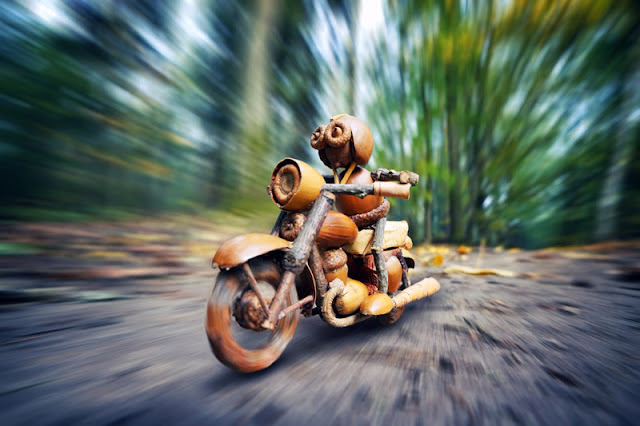
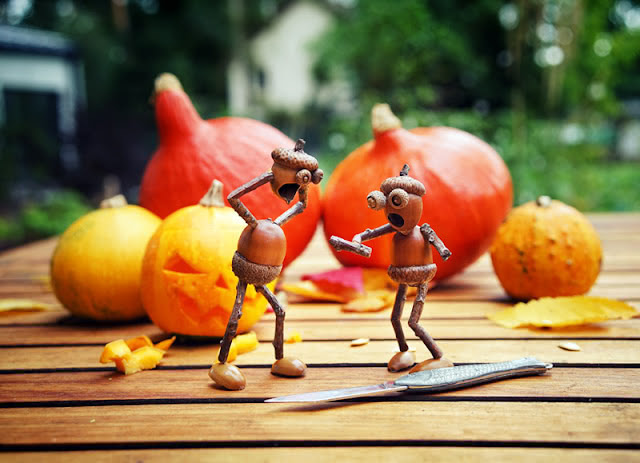
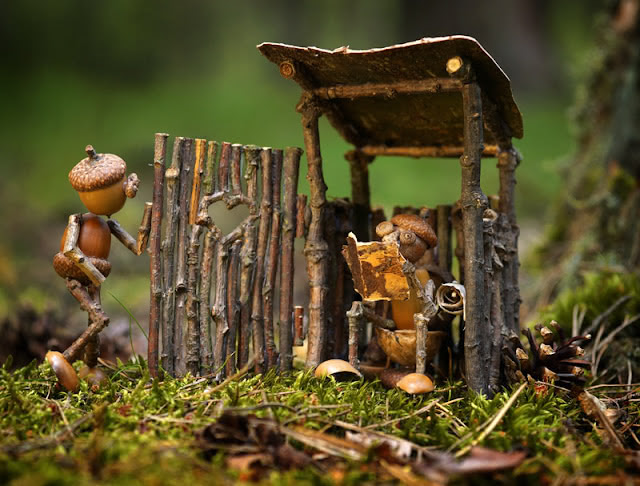
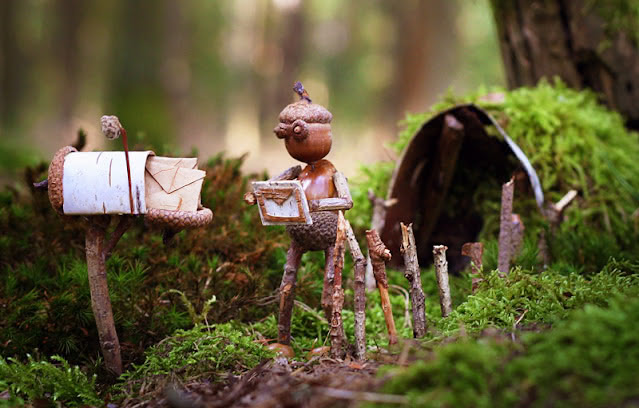
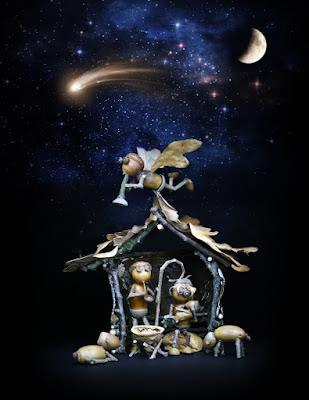
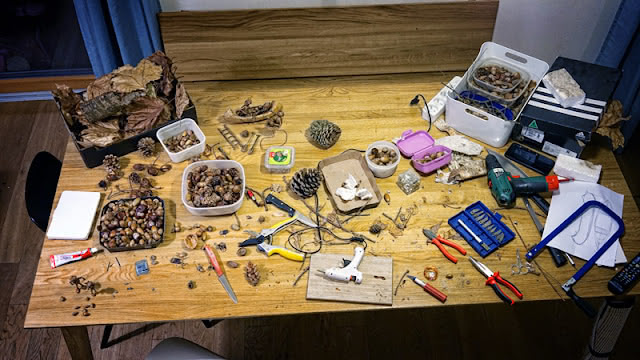
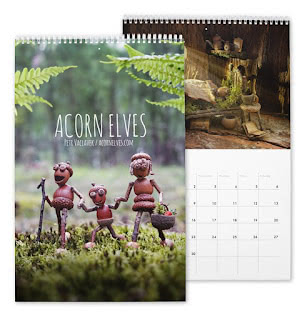
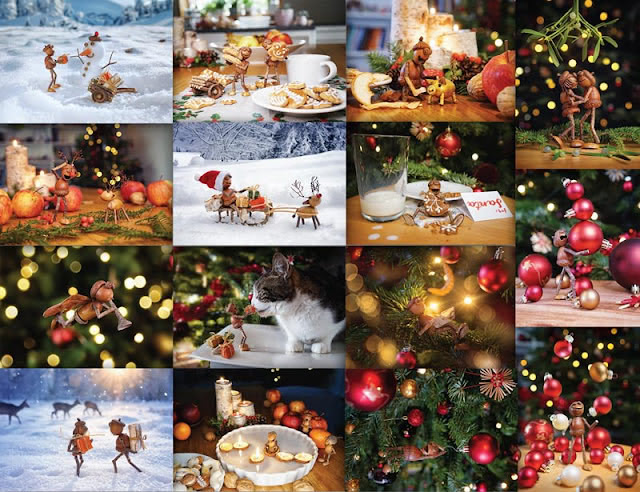
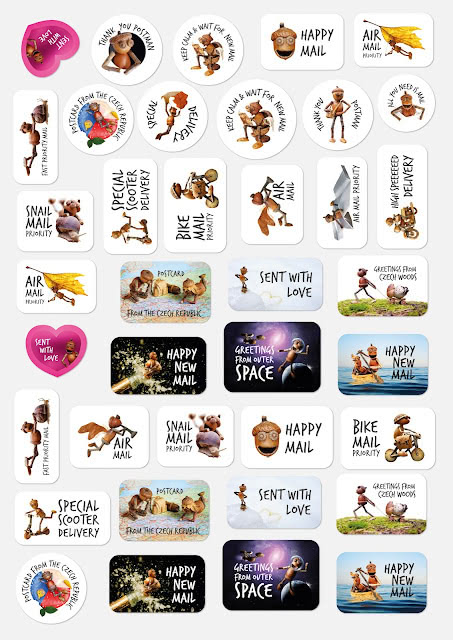
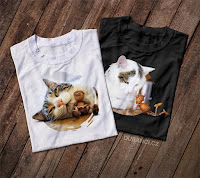
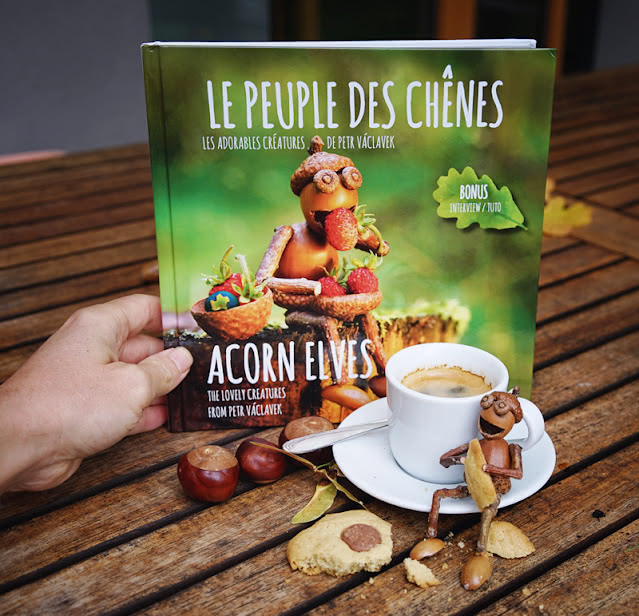










 Anderson Design Group is an ever-evolving
Anderson Design Group is an ever-evolving  The common thread that ties our diverse styles together is attention to authentic detail and a love for Golden Age-styled artwork. I push my artists to create artwork using techniques, rendering styles, colors, and type styling that was popular from 1900 to 1960. We use computers and modern tools, but I encourage my artists to study art history—especially early 20th-century commercial art—and to emulate the sense of style, passion, and grace of that era.
The common thread that ties our diverse styles together is attention to authentic detail and a love for Golden Age-styled artwork. I push my artists to create artwork using techniques, rendering styles, colors, and type styling that was popular from 1900 to 1960. We use computers and modern tools, but I encourage my artists to study art history—especially early 20th-century commercial art—and to emulate the sense of style, passion, and grace of that era. 

 My son Nathan is a writer. He and I had an idea—what if we took all of the poster art and we published a book to celebrate the 100th Anniversary of the National Parks Service? (The Centennial would be in 2016.) So we published
My son Nathan is a writer. He and I had an idea—what if we took all of the poster art and we published a book to celebrate the 100th Anniversary of the National Parks Service? (The Centennial would be in 2016.) So we published 









